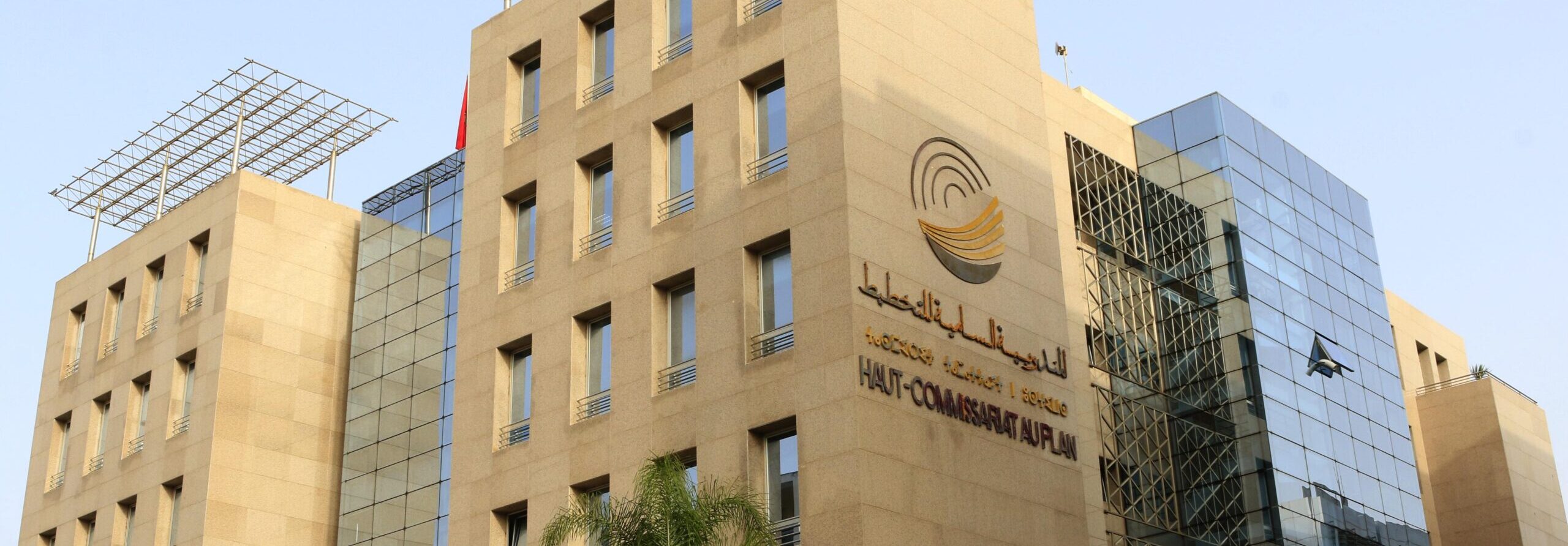
Morocco’s multidimensional poverty rate has nearly halved over the past decade,driven by significant improvements in rural areas,according to a new report by the national statistics agency,the Haut-Commissariat au Plan (HCP) said.
The share of the population living in multidimensional poverty fell from 11.9% in 2014 to 6.8% in 2024,with the number of people affected dropping from around 4 million to 2.5 million,the HCP said in a new study.
The intensity of poverty,measured by the average percentage of deprivations experienced by the poor,also declined slightly from 38.1% to 36.7%. As a result,the overall multidimensional poverty index was cut nearly in half,from 4.5% to 2.5%.
Despite the progress,the report highlights persistent regional disparities,with rural areas continuing to bear the brunt of poverty.
In 2024,72% of poor individuals lived in rural areas,down from 79% in 2014. The rural poverty rate dropped from 23.6% to 13.1% over the same period,but remained more than four times higher than the urban rate,which stood at 3% in 2024.
The vulnerability rate—defined as the share of the population facing moderate deprivations—also declined from 11.7% to 8.1%,affecting nearly 3 million people,82% of whom live in rural areas.
All regions recorded a decline in multidimensional poverty,with the steepest drops in Marrakech-Safi (-7.9 percentage points),Béni Mellal-Khénifra (-7.5),Tanger-Tétouan-Al Hoceïma (-6.8),and Drâa-Tafilalet (-6.7). These regions had some of the highest poverty levels in 2014.
In contrast,reductions were more modest in southern and urban regions where poverty rates were already low. Laâyoune-Sakia El Hamra saw a 0.9-point drop,while Casablanca-Settat and Rabat-Salé-Kénitra recorded declines of 2.4 and 3.4 points,respectively.
As of 2024,six regions still had poverty rates above the national average,with Béni Mellal-Khénifra (9.8%) and Fès-Meknès (9.0%) topping the list. The lowest rates were observed in Laâyoune-Sakia El Hamra (2.4%) and Dakhla-Oued Eddahab (2.5%).
Five regions,Fès-Meknès,Marrakech-Safi,Casablanca-Settat,Rabat-Salé-Kénitra,and Tanger-Tétouan-Al Hoceïma,accounted for nearly 70% of the country’s poor population.
The report also noted that vulnerability remains concentrated in a handful of regions,with Drâa-Tafilalet (11.8%) and Marrakech-Safi (11.5%) posting double-digit rates. Together with Fès-Meknès,Béni Mellal-Khénifra,these regions represent nearly 60% of the vulnerable population.
The HCP emphasized that traditional poverty measures based solely on household spending fail to capture the full scope of deprivation. The multidimensional approach includes indicators across education,health,and living conditions,offering a more comprehensive view of social inequality.
The study aims to provide policymakers with a detailed territorial map of poverty and vulnerability to better target interventions and improve living conditions,particularly in the context of Morocco’s ongoing regionalization process.
United News - unews.co.za